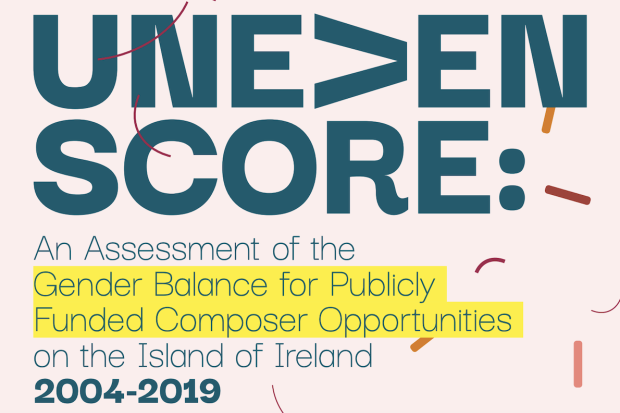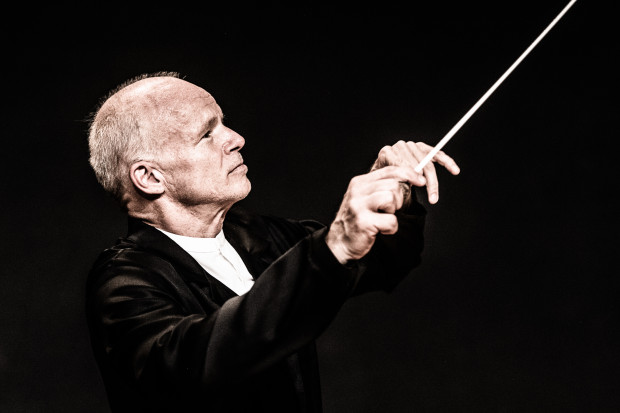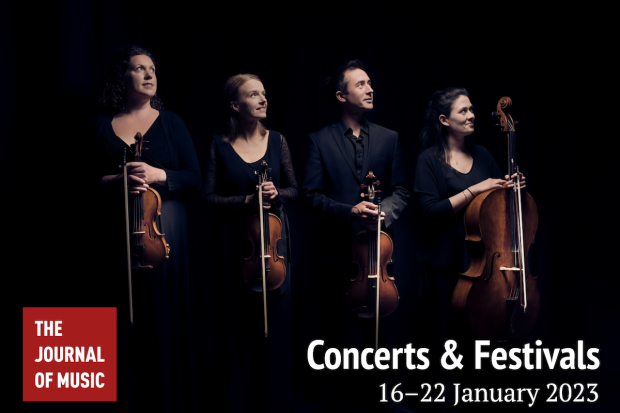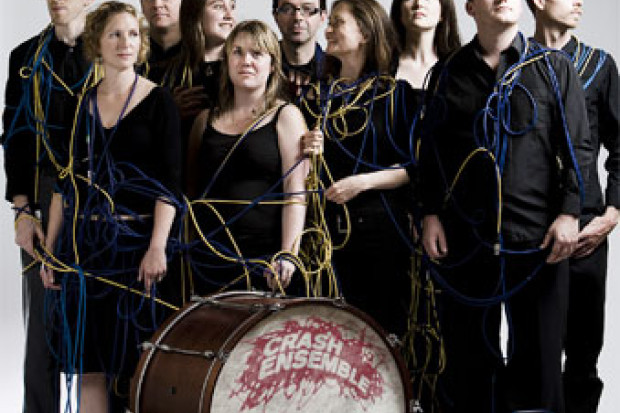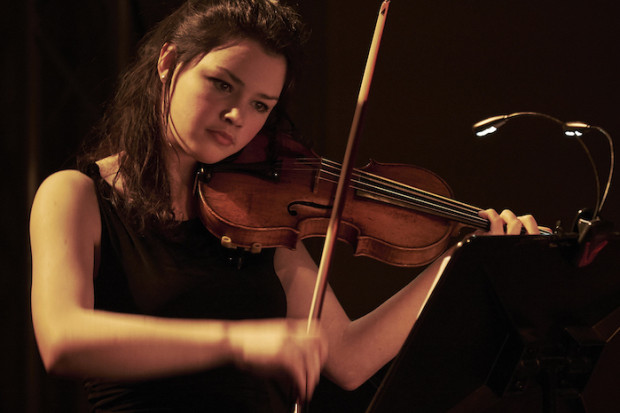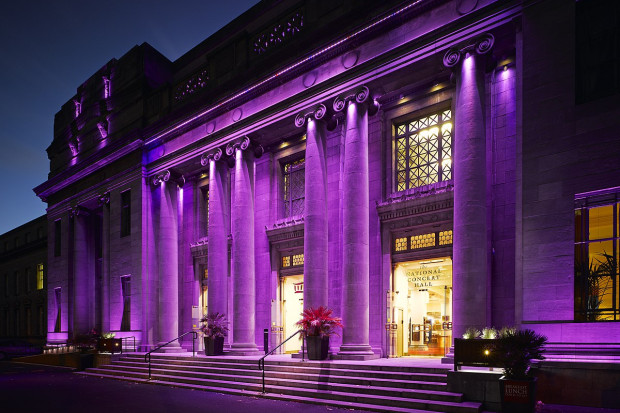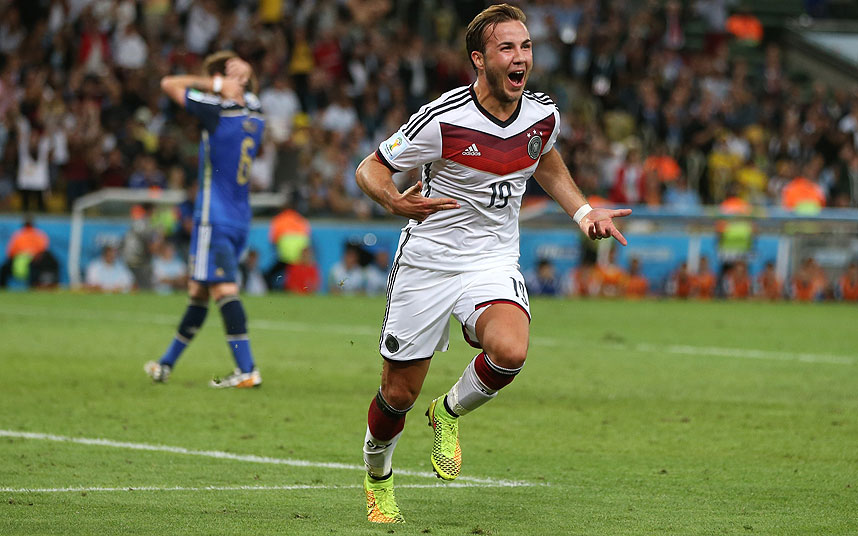
A More Beautiful Game
After some persuasion, a musician friend agreed to meet up to watch last Tuesday’s World Cup semi-final. No insignificant achievement: this is someone to whom Andrea Pirlo is most likely an obscure seventeenth-century Italian composer. Germany’s subsequent rout of Brazil, however, exceeded my promises of entertainment — though the experience may have left the misleading impression that all football matches are as abundant.
Watching football with the football-indifferent can be challenging — there are, after all, only so many ways to explain the offside rule. But it can also be illuminating: the peculiar fabric of the game is laid bare when seen through the eyes of an outsider; here every gesture amounts to a complex theatre in which nothing is taken for granted and everything is interrogated. Project onto that the mind of a musician, who approaches the whole thing more as an active listener than as passive viewer, and the beautiful game gains further layers of attraction.
A shared pursuit
As a musician who spends a frightening proportion of the year sitting in near-empty bars on weekend afternoons following a white dot move around a screen, I have often wondered why these two obsessions so seldom intersect.
Music plays a long established role in football in a very material sense — from ‘You’ll Never Walk Alone’ ringing around the stands at Anfield to Handel’s ‘Zadok the Priest’ defining the broadcasting identity of the Champions League. But in a more radical sense, music is rarely asked to comment on the experience of football with its own voice. Conversely, musicians rarely look to the pervasive capacity of football to captivate the minds of millions in one evening — surely a pursuit shared with many musicians — for guidance.
Not wanting to over-emphasise the connections between music and football — nor detract from the independent and total joy that both provide — there are many areas of shared ground between the two.
To begin with, the two artforms (not an overstatement, surely: just refer to that goal by James Rodriguez against Uruguay recently) are strictly temporal, defined by what they can do in a given time. Both music and football are concerned with a kind of tempo or sense of pacing, and changing levels of intensity and complexity are important features. And the imposition of rules or limitations provide much of the backbone of both disciplines; Stravinsky’s line that ‘my freedom will be so much the greater and more meaningful the more narrowly I limit my field of action’ could apply to the football pitch as aptly as to the concert hall — just imagine a football pitch without a boundary line.
Very, very functional music
Notable moments in the convergence of music and football range from Diana Ross’s missed 1994 opening ceremony penalty to football-inspired works like James MacMillan’s Celtic-inspired piano concerto The Berserking to the epic performance of ‘The Fields of Anthenry’ by Ireland fans during our demolition by Spain at Euro 2012. This week, neatly coinciding with the lead up to the World Cup final, two musical premieres further explore the links between the two.
On 5 July, the Liverpool Philharmonic Orchestra and Youth Choir gave the first performance of Michael Nyman’s Hillsborough Symphony, a work to mark 25 years since 96 Liverpool fans died in the Hillsborough disaster. The work recycles some earlier material by Nyman, including a work written in response to the 1985 Heysel disaster in which 36 people died during the European Cup Final between Juventus and Liverpool.
Nyman is himself a QPR fan and he once referred to his 1992 Hoops-paean, The Final Score, as belonging to ‘a grand tradition of contemporary music at Loftus Road’ — in the early 1970s, Nyman attended matches with fellow musicians John Tilbury, Tom Phillips and Gavin Bryars, and Nyman was later commissioned by the football club to create a suite of music. ‘This will be a piece of very, very functional music,’ Nyman said about the 2005 suite. ‘It will be a conscious manipulation of sound. But really it will be a big tune with a hooky riff, as memorable and as exaggerated as possible.’
Nyman, whose usual take on composition is as ‘a matter of moving notes around on a page’ has embraced the emotional function of the Hillsborough work, according to a recent interview in The Guardian. In the first movement of the fifty-minute work, a mezzo-soprano sings the names of all 96 victims, described as ‘a sublimely moving conception’ in a subsequent review. ‘Making that music, in the cathedral, played by that orchestra, with all those associations, can, and will, only have an emotional purpose,’ said the composer.
Forty-five minutes
Before he began his commission, Nyman spoke to representatives of the Hillsborough victims’ families, and it’s clear that the composer’s focus is on the salve he might offer to a still-grieving community; Nyman even brings a kind of numerology into his third movement, with various musical elements derived from the number 96.
A work premiered at the National Concert Hall in Dublin on 11 July, however, takes a different approach, looking more keenly at a technical and aesthetic crossing between football and music. Irish composer Seán Clancy — a Red, by the way — wrote Forty Five Minutes on the Subject of Football, an electric guitar quartet, for the Swedish Ensemble KROCK.
Clancy, whose music frequently involves an ‘artistic intervention’ into a pre-existing work or subject, takes Ireland’s win over Italy in the 1994 World Cup as his starting point. He recalls key moments from the game in his note about the work. ‘Ray Houghton scored the only goal of the game around 11’30’’ into proceedings,’ he writes. ‘Irish players Terry Phelan, Tommy Coyne and Denis Irwin were all given yellow cards at various points throughout the game. Apart from these sporadic events, nothing else of note took place and the second half was completely devoid of drama.’
A glance at Clancy’s score reveals a piece of music that might reflect the joy of that occasion — Ireland’s only win in that competition. A constant fast pulse runs almost continuously throughout the piece, with a series of looped patterns rising and falling in loudness, density and intricacy. The instrumental colour changes. There are moments of sudden difference, and other moments of gradual transition. The music moves from even metres with unchanging patterns, to irregular metres with intense bursts of energy.
Clancy’s composition might just be a work of football through to the final whistle.
Published on 11 July 2014
Benedict Schlepper-Connolly is a composer and a director of Ergodos, a production company and record label. schlepperconnolly.com












